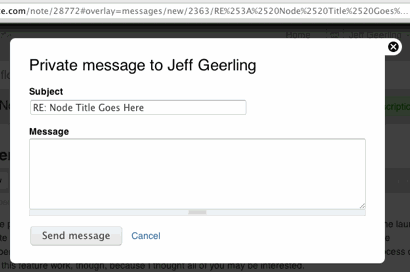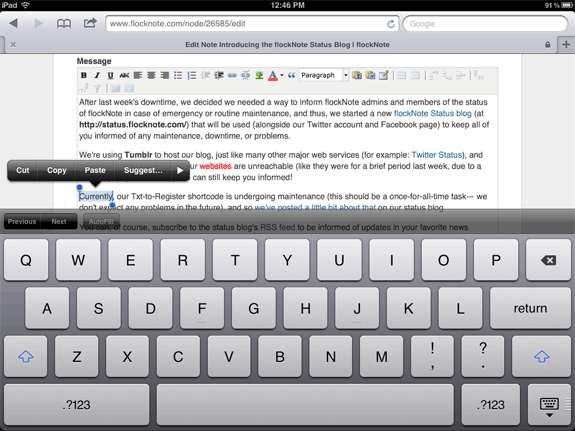Changing RSS Feed item links (and other data) in Drupal 7
You can do a lot of great things with field display in Drupal 7's 'manage display' tab for a content type. You can control the order and label position of each field attached to a node type in that tab for Full node displays, Teasers, and RSS displays (or other displays you set up).
However, there's no way to change certain aspects of a node's display inside an RSS Feed, such as the 'creator' tag, the 'link' tag, or the 'title' tag. For a news aggregation site I run, I wanted to modify the <link> tag when displaying 'story' nodes, and make the link tag give an absolute URL to the original source instead of to my drupal site (so, instead of http://www.mysite.com/node/12, it would go to http://www.example.com/original-story-url).
A lot of blogs also use this kind of format for reposted blog items (such as Daring Fireball), so users go straight to the source when they click on the title of an item in their RSS reader of choice. My method below can be modified to conditionally change a link if a field has a value (say, a 'RSS absolute URL' field or something like that).

